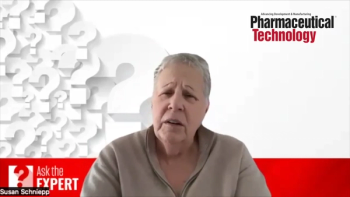
Report Examines Price Increases on Most Widely Used Drugs in US
A report by Reuters found that four of the top 10 most widely used drugs increased 100% since 2011, while the other six increased 60%.
The pharmaceutical industry has been under scrutiny recently for raising the cost of drugs extraordinary amounts.
The Reuters’ report released on April 5, 2016 reviewed the nation’s top 10 most widely used drugs and found that four of the top 10 drug’s prices increased 100% since 2011, while the other six increased 60%. Overall sales of the top 10 drugs went up 44% to $54 billion in 2014 from 2011, Reuters reported, while prescriptions for the medicines fell 22%. Steve Miller, chief medical officer of Express Scripts, told Reuters he thinks the level of drug price increases are “not sustainable.”
Drug price increases
Humira (adalimumab), AbbVie’s blockbuster rheumatoid arthritis drug, surged more than 126%, Reuters found. According to the report, Humira was the most widely used drug in the US in 2014. In November 2015, AbbVie
Amgen, the maker of ABP 501, the first biosimilar submitted to FDA for Humira, challenged multiple claims on Humira’s ‘157 formulation patent. The US Patent and Trademark Office
Also included in the Reuters report is Enbrel (etanercept), marketed by Amgen and Teva in the US, with a price increase of 118%. A spokesperson for Amgen told Reuters, “after most discounts, the average sales price for a dose of Enbrel is at least $200 less than list.” It is important to note, Eli Lilly’s Taltz (ixekzumab), which was recently
Reuters found Johnson & Johnson’s drug Remicade (infliximab) price increased 63%. Caroline Pavis, a spokesperson for the company, told the news organization “average selling price increases were closer to 5.4% per year.” Celltrion and Pfizer’s Inflectra, an infliximab biosimilar, was
In March 2016, FDA said that it would
Reuters analysis
Peter Bach, an oncologist at Memorial Sloan Kettering Cancer Center, told Reuters he estimates Enbrel added up to approximately $1 billion in care costs. Amgen spokesperson Kristen Davis told Reuters it would be “impossible to infer revenue growth from list price increases because of other factors, including rebates and discounts.”
Like Davis, several companies said Reuters’ analysis “failed to capture negotiated discounts and rebates.” Drug companies told Reuters they set prices in order to recoup investments in failed drugs, support R&D efforts, and to pay for clinical trials. In the report, Reuters said they shared findings with the eight companies that sold the top 10 drugs. None of the eight companies disputed findings in the report.
Source:
Newsletter
Stay at the forefront of biopharmaceutical innovation—subscribe to BioPharm International for expert insights on drug development, manufacturing, compliance, and more.




